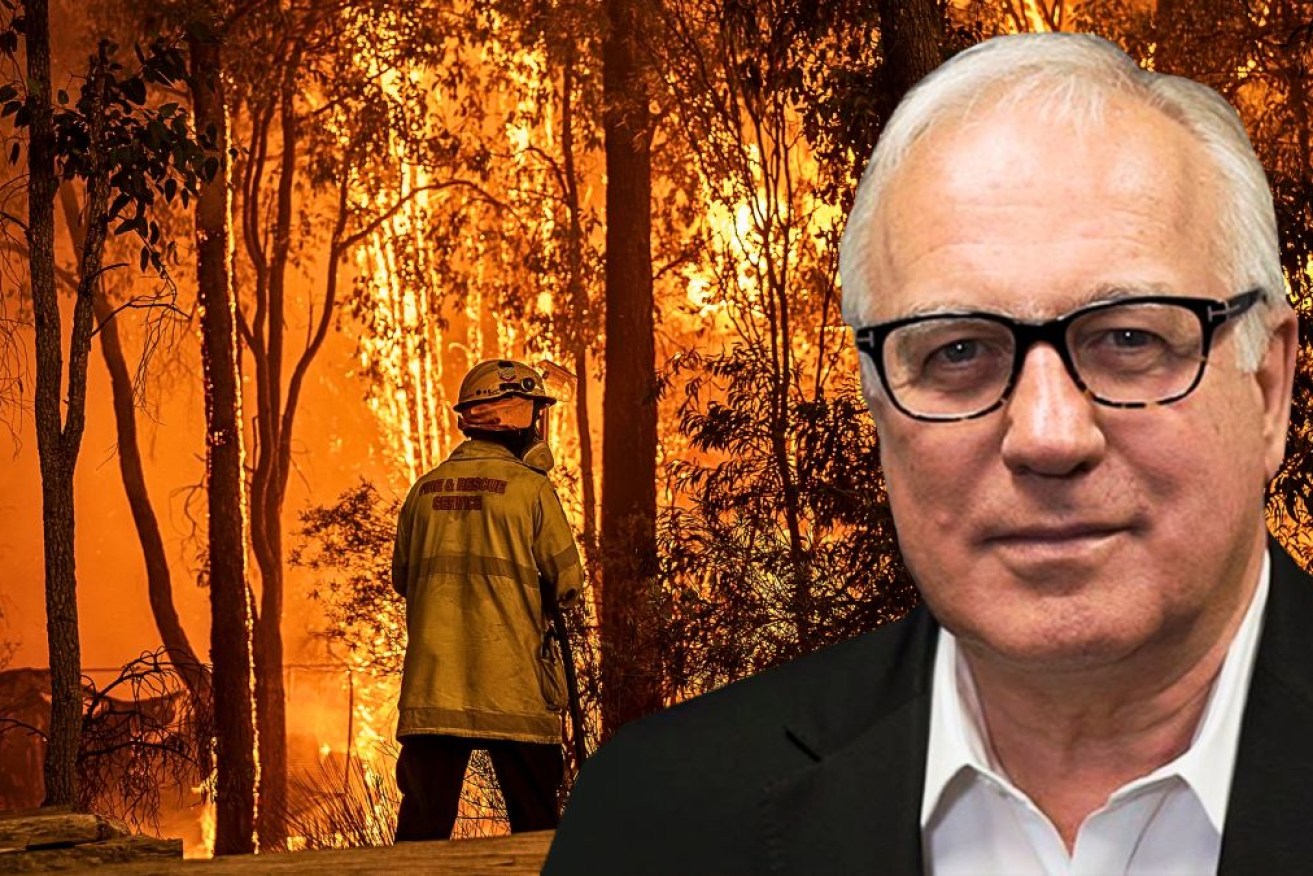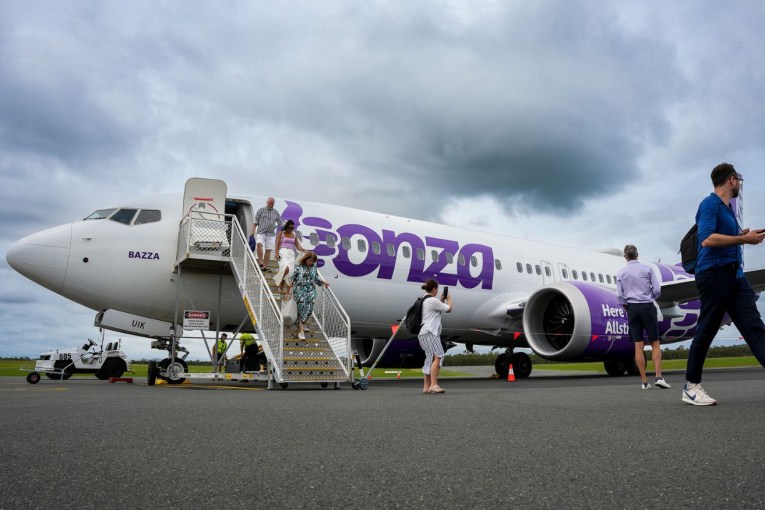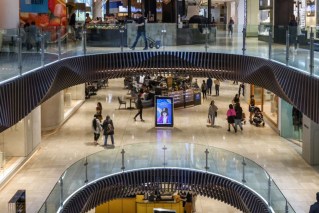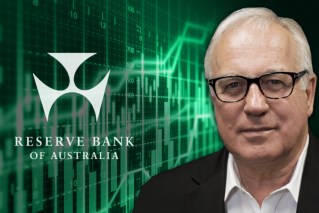Alan Kohler: Climate change is cost, not benefit, and saying we can win is a lie


Climate change and the race to net-zero emissions present a near-impossible challenge for decision makers, Alan Kohler writes. Photo: TND
It has been a big week for the energy transition cheerleading industry.
Three big renewable projects were announced or started amid sunbursts of optimism and Prime Minister Anthony Albanese capped it off by spruiking “A Future Made in Australia”, which was not only the title of his speech, but will actually be the name of an Act of Parliament, designed to compete with America’s cunningly named Inflation Reduction Act.
The PM’s speech in Brisbane was a combination pep talk, campaign stump speech and sheepish apology for taking Australia back into the trade protection/subsidies game against the wishes of a displeased Productivity Commission, because … “strategic competition is a fact of life”, said Albanese.
“Nations are drawing an explicit link between economic security and national security. The so-called Washington consensus has fractured – and Washington itself is pursuing a new direction.”
And that’s true: The free trade consensus has fractured as nations desperately try to hang onto jobs in the great transition to renewable energy.
Unfortunately, Australia is bringing a pocketknife to a gunfight. The US, Europe, China and Japan are spending hundreds of billions, even trillions, while Mr Albanese’s spending will lack noughts.
But there are more fundamental problems than Australia’s relative penury in the contest to subsidise domestic renewable energy businesses, our blunter elbows in the global “sharp elbows”, as Albanese put it.
For a start, China is already well ahead and everybody else is playing catch-up, and also these are all terrible businesses, otherwise they wouldn’t have to be subsidised.
That especially applies to hydrogen, Australia’s hope of a renewable energy export industry to replace fossil fuels.
For it to work as a feedstock or fuel, the price of hydrogen has to come down a long way. Currently blue hydrogen – made from natural gas – costs $US5 to $US7 per kilogram to make, and green hydrogen – made with renewable energy only, costs $US7 to $US11 per kg. To be neutral with other feedstocks and fuels, the price needs to be no more than $2.
It is possible governments will force companies to pay more than $2 because without hydrogen to reduce industrial emissions, their net-zero promises won’t happen, and certainly not by 2050. But there is no sign of that yet, because it would mean higher prices for voters.
So while hydrogen is going to be an essential part of the energy transition to fuel heavy transport and industry, and looks like the only possible replacement for Australia’s fossil fuel exports, both as an export itself as ammonia or used to make “green iron” here, it will be a low-margin business, propped up by governments. Using it as a feedstock will increase costs, not lower them.
Nevertheless, the investment in renewable energy has been ramping up lately, and it has to: Investment has been falling well short of what’s needed to meet the government’s target of 82 per cent and without a dramatic increase in effort and spending, Australia and the world are going to fall well short of net zero by 2050 and will exceed the Paris target of 1.5 degrees of warming, probably quite soon.
And to prepare for that, the government should set up the Not Net Zero Authority, as well as the Net Zero Authority. Call it an insurance policy.
Not only is the volume of capital needed for the energy transition immense, the return on it will be poor, otherwise, as discussed, the businesses wouldn’t need to be propped up by governments.
In stark contrast, the other great transition going on at the moment – artificial intelligence – doesn’t need a dollar of government subsidy because it is immensely profitable and companies are falling over themselves to invest in it.
And by the way, the colossal electricity needs of AI will make the energy transition much more difficult.
In the Pathway to New Zero published in 2021, the International Energy Agency put the annual energy investment needed at $US5 trillion by 2030. That’s per year.
The IEA was talking this up as bonanza, saying it will add “an extra 0.4 percentage point a year to annual global GDP growth, (creating) millions of jobs in clean energy …. All of this puts global GDP 4 per cent higher in 2030 than it would be based on current trends.”
More GDP and jobs are fine, but as for where the labour is going to come from, and the return on that capital? That’s hard to see.
As for Australia’s capital requirement, the outgoing head of the Net Zero Economy Agency, Greg Combet, told the National Press Club last week that “hundreds of billions of dollars will be needed to achieve net zero in Australia by 2050”.
And the rest.
In July last year, a research organisation called Net Zero Australia (a collaboration between the Uni of Melbourne, Uni of Queensland, Princeton and Nous Group) put the cost for Australia at $9 trillion by 2060, or hundreds of billions every year for 36 years.
That number was made up of about $2 trillion for domestic emissions reduction and $7 trillion for Australia’s exports of coal and gas – that is, to be spent by customers at the other end, so it probably won’t be spent and can be ignored. But we’re still talking thousands of billions rather than hundreds of them.
All the cheerleading about the benefits of the energy transition shouldn’t disguise the fact that what we’re all trying to do here is prevent a global catastrophe and the way things are going, we might not succeed, or only half succeed.
It is not a bright new industrial revolution but an attempt to prevent a hellscape caused by the last industrial revolution, the one that gave us oil, coal and gas.
In short, getting to net zero will be a cost not a benefit, and the less it costs us now, the more likely it will be to fail, so the higher the cost later.
I understand the political and business impulse to talk it up and tell us that everything’s going to be terrific, with a future made in Australia etc, because if they told us the truth we’d all line up at a bridge or tall building and jump off.
But in the quiet of our homes, with the TV turned off, we might remember that we’re trying to prevent a catastrophe while getting ready to deal with the risk of failure, or at least we should be.
Not a bonanza.
Alan Kohler writes weekly for The New Daily. He is finance presenter on the ABC News and also writes for Intelligent Investor.








